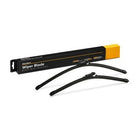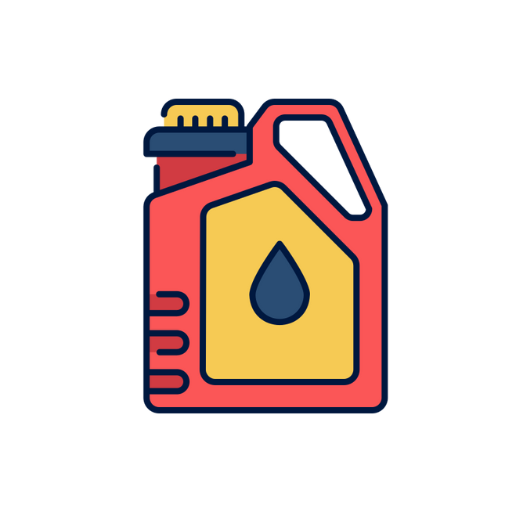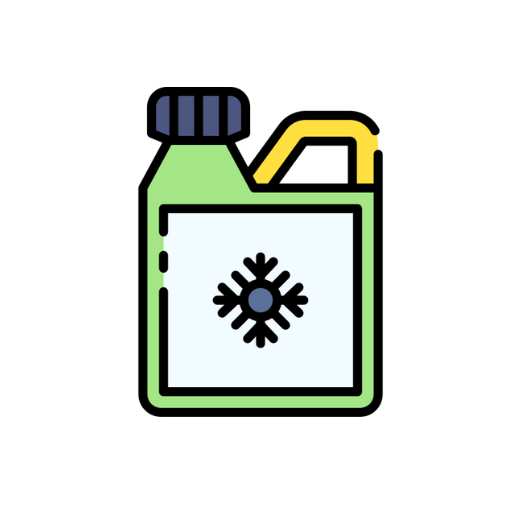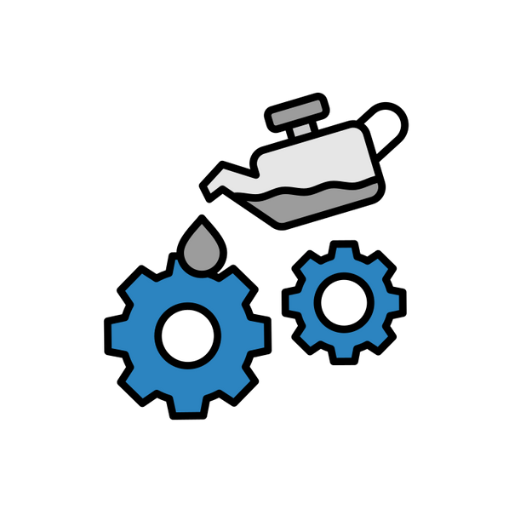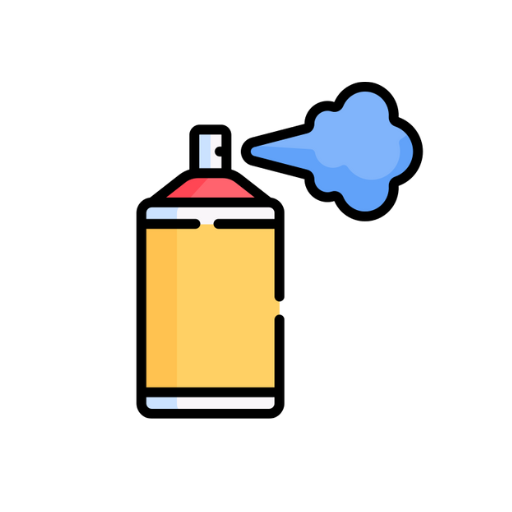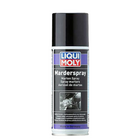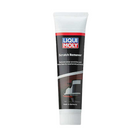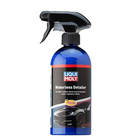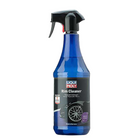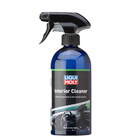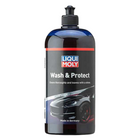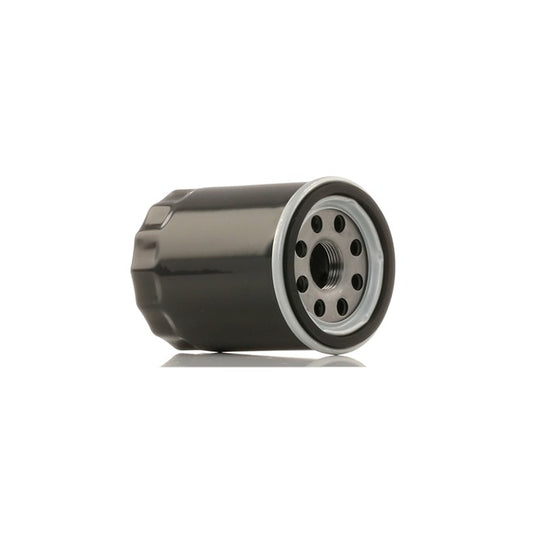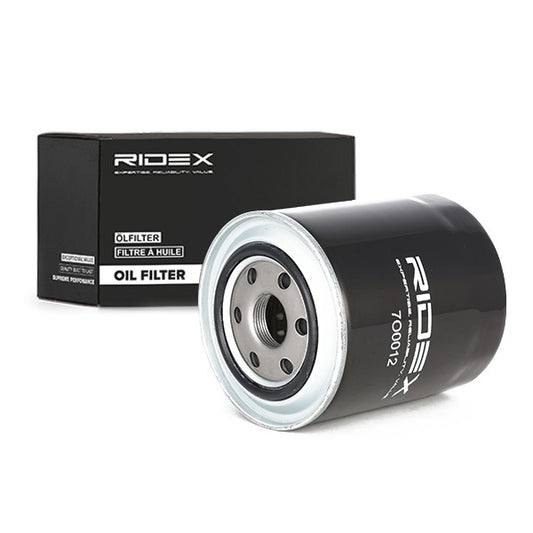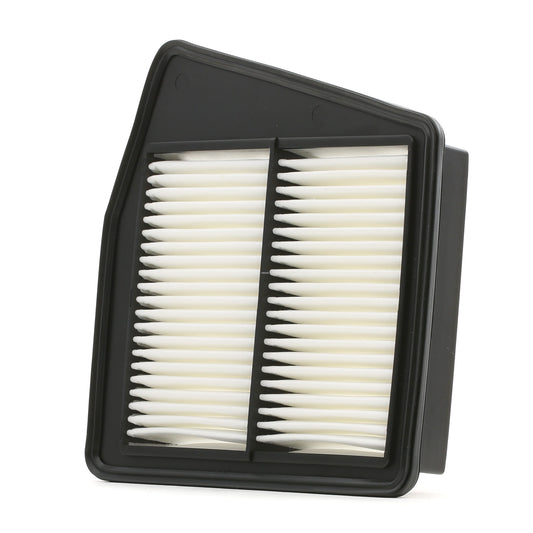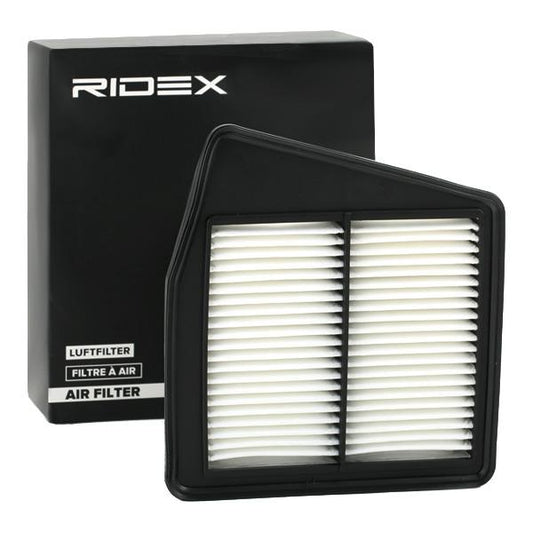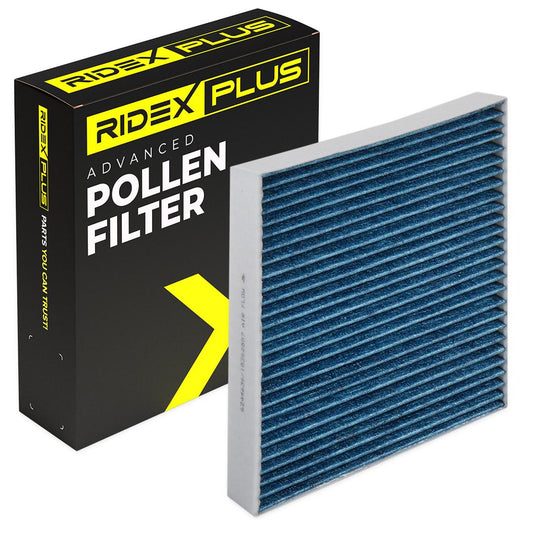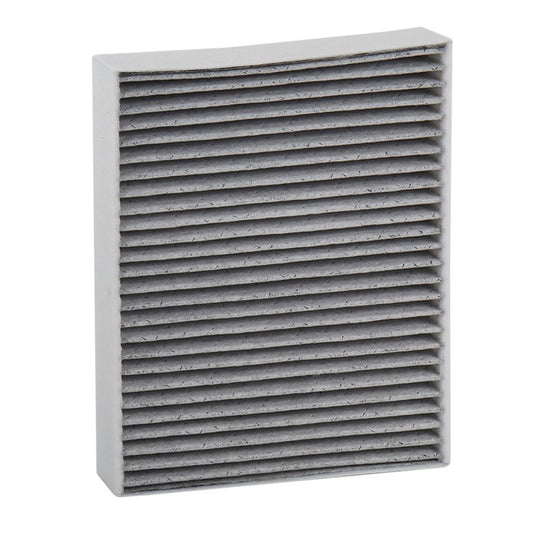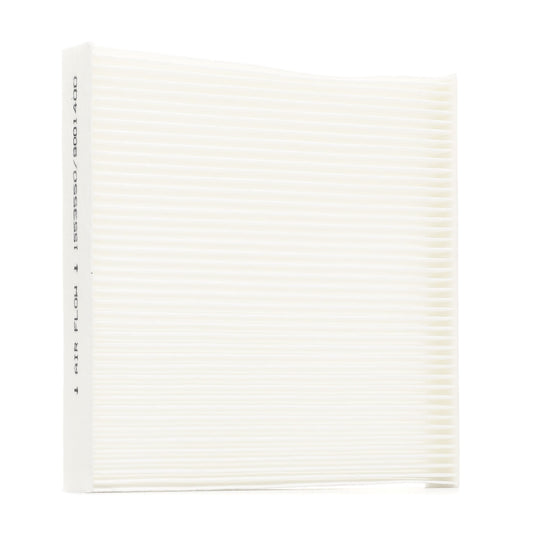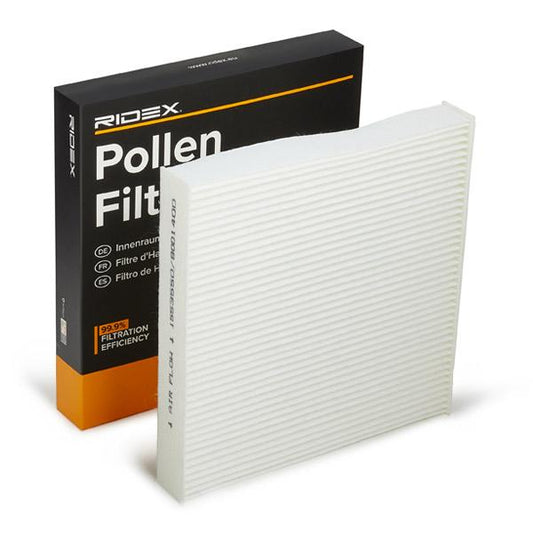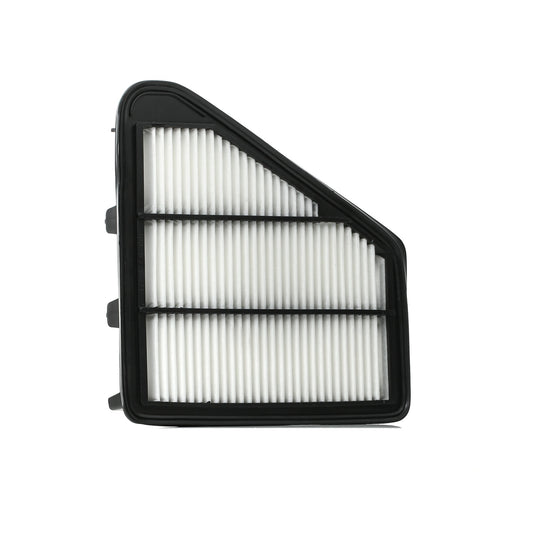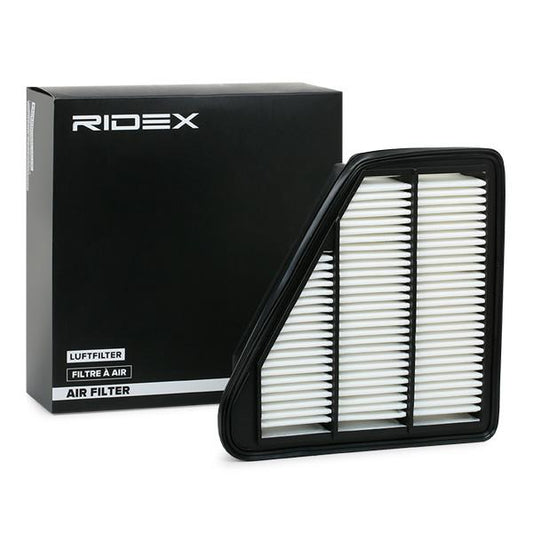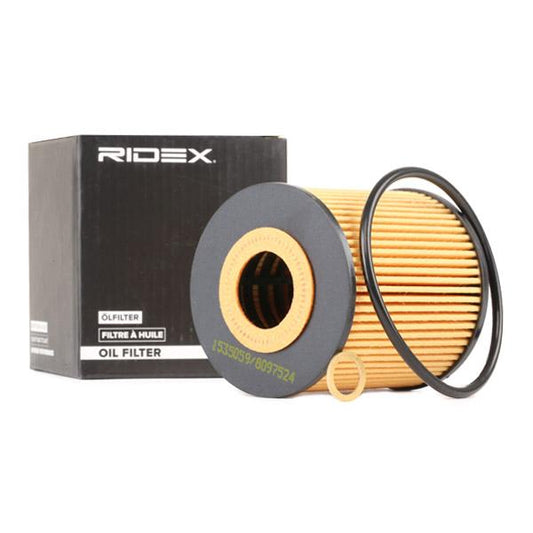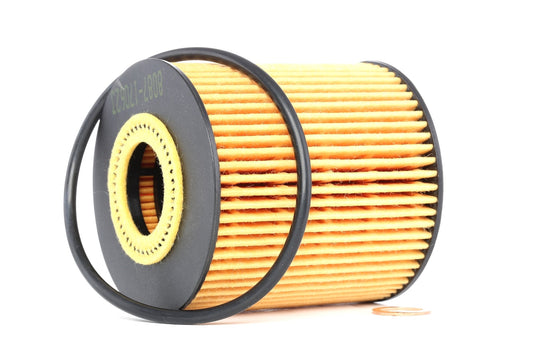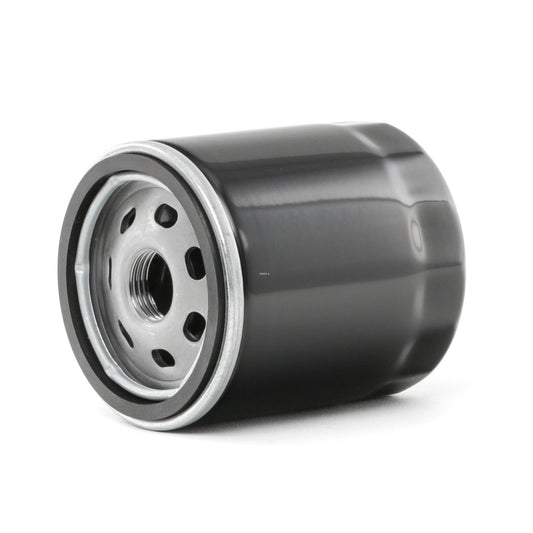
Can a Coolant Flush Fix Overheating Issues?
Singh RamsurnsingCan a Coolant Flush Fix Overheating Issues?

Experiencing your car overheating can be both frustrating and stressful, posing risks to your engine and safety. One potential cause of overheating is a clogged or contaminated cooling system, responsible for regulating the engine's temperature through the circulation of coolant or antifreeze. While some suggest a coolant flush as a solution, it's essential to understand that it might not always be the magic fix for overheating issues.
Why a Coolant Flush is Not a Universal Solution for Overheating:
-
New or Well-Maintained Cars: If your vehicle is relatively new or well-maintained, with regular cooling system care, a coolant flush might not be necessary. Cars under 12 to 15 years old that have been properly maintained may not have accumulated enough contaminants to cause overheating.
-
Other Underlying Issues: Overheating can stem from various factors, including a faulty thermostat, broken water pump, damaged fan, or leaking head gasket. A coolant flush won't address these issues and might even mask symptoms or lead to more leaks, requiring separate diagnoses and repairs.
-
Insufficient Cleaning: For heavily clogged or contaminated cooling systems, a regular coolant flush may not be sufficient. More aggressive cleaning methods, such as back flushing, chemical cleaning, or ultrasonic cleaning, may be required, often necessitating professional assistance.
What to Do Instead of a Coolant Flush:
-
Regular Maintenance: Preventing overheating starts with regular maintenance. Ensure proper coolant replacement every five years, using the correct coolant and clean soft water. Regular oil changes, filter replacements, and timely attention to oxygen sensors contribute to a well-functioning engine and cooling system.
-
Pay Attention to Symptoms: Actively monitor your vehicle for signs of cooling system issues, such as reduced fuel economy, acceleration hesitation, sulfurous exhaust odor, or a lit check engine light. Additionally, regularly check the temperature gauge on your dashboard for any abnormalities.
-
Consult a Qualified Mechanic: Seek professional assistance when dealing with overheating problems. A qualified mechanic can diagnose the issue accurately, provide guidance, and perform necessary repairs. They can advise on whether a coolant flush is necessary and, if so, guide you through the process or recommend more advanced cleaning methods if required.
When attempting a coolant flush yourself, follow these precautions to ensure safety:
Precautions for a DIY Coolant Flush:
-
Use Protective Gear: Wear appropriate personal protective equipment, including gloves, safety glasses, and a respirator, to prevent exposure to chemicals or fumes.
-
Work in Well-Ventilated Areas: Always work in well-ventilated spaces, preferably outdoors or in a garage with open doors. This prevents inhaling harmful fumes and reduces the risk of headaches, nausea, or dizziness.
-
Follow Manufacturer's Instructions: Carefully read and follow the manufacturer's instructions on coolant type, quantity, and usage frequency. Avoid mixing different coolant types, as this can lead to adverse reactions or damage to your cooling system.
-
Dispose of Old Coolant Properly: Collect old coolant in a sealed container and dispose of it following local regulations. Avoid dumping it into drains, sewers, or the environment. Recycling centers or mechanic shops may accept used coolant for proper disposal.
By prioritizing regular maintenance, being attentive to symptoms, and seeking professional advice when needed, you can effectively prevent and address overheating issues in your vehicle.

